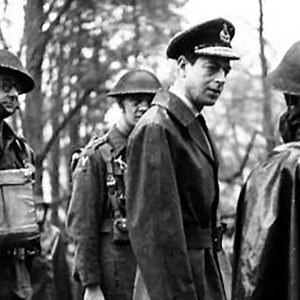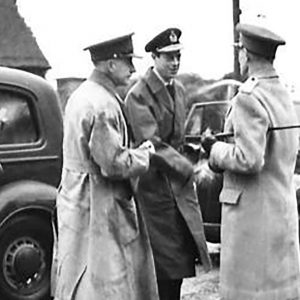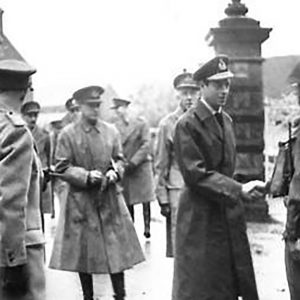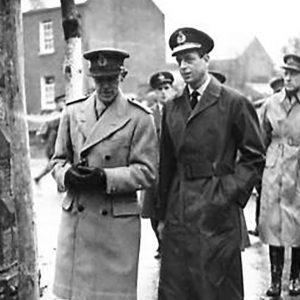During the Plantation of Ulster in 1610, James I granted Loughgall Manor House to Lord Saye and Sele. The following year, the lord sold the property to Sir Anthony Cope who split the manor between two branches of his family.
The two families resided in The Manor House and Drumilly House. The former is a two-storey Tudor Revival house. The standing building dates back to around 1840. The Cope family developed the tree-lined avenue, gateways, and lodges in the 1830s and 1840s.
During the Second World War, both the Loughgall Manor House and nearby Drumilly House saw use as bases for British and American troops.
Second World War bomb discovered in Loughgall
On Tuesday 25th March 2014, authorities made safe a Second World War explosive device at Loughgall Manor House. The Police Service of Northern Ireland and Army bomb disposal experts were both on the scene. Local Councillor Eamon McNeill stated the estate saw use during wartime as a military firing range.
He also confirmed the 1940s device was not live but did contain explosive material. It is not clear who first discovered the explosive device. A member of staff from the Department of Agriculture noticed it placed on a fence on the property.
In 1947, Field Marshal Sir Gerald Templer, a descendant of the Cope’s sold the property to the Ministry of Agriculture. They began farming the estate, establishing a horticultural centre in 1951. By 1952, it was home to the Northern Ireland Plant Breeding Station.



